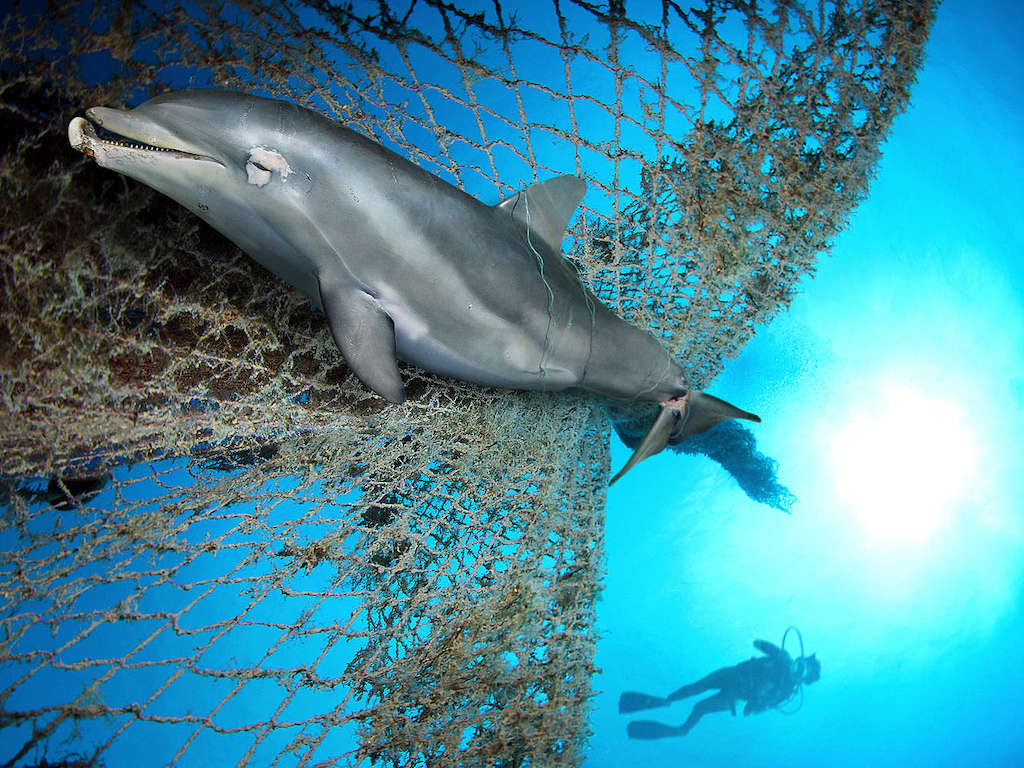I do not think that in the near future sustainable fishing is possible--commercially. With the most common methods of fishing including long lining, purse seining and bottom trawling; it will be challenging to meet demands without using such methods. Purse seining and longlining are efficient at catching hundreds if not thousands at a time with many by catches with it. By catches include dolphins, whales and porpoises. Not only that but, long lines which catch "non-targeted" species, can get lost in the ocean, not retrieved. Resulting in casualties by means of other aquatic life being caught and trapped in the net. Sea turtles have been seen caught in such traps; seals, birds, whales and many other marine life. Along with that only 1.5% of the oceans are protected territories. Leaving many other areas as a spot for fishermen to go undetected. Methods in which are efficient are unlikely to be stopped. Unreported fishings which are not tracked are parts of this problem. Money--bluntly put-- money is a major concern for this problem. Bribery to the national level. Such examples include the 10,000 by-catch dolphins each year in France. Shockingly, this is only a fragment; it's estimated that worldwide, 300,000 dolphins, whales, and porpoises are killed by catch. Unless drastic changes are made, there is little to no chance of changing the majority into sustainable fishing.











